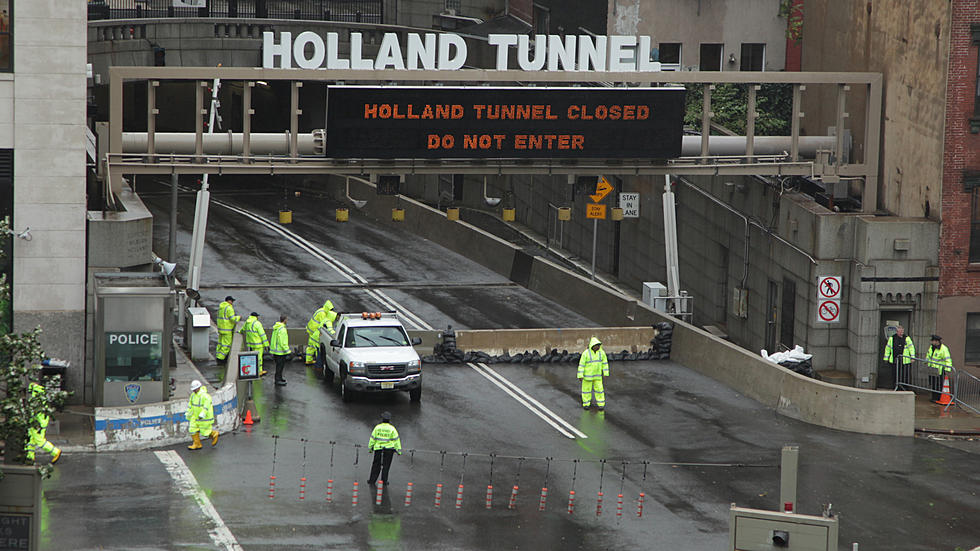![Jersey Shore Boardwalks Not Made of Wood – Unthinkable? [POLL]](http://townsquare.media/site/385/files/2012/12/Belmar_New_Jersey_USA-630x472-300x224.jpg?w=980&q=75)
Jersey Shore Boardwalks Not Made of Wood – Unthinkable? [POLL]
It wasn’t very long ago that NYC Mayor Michael Bloomberg announced that parts of the famed Coney Island Boardwalk would not be reconstructed with wood, but with cement.
It was pretty unthinkable at the time.
Growing up as I did in Brooklyn, and relishing trips to the beach, you’d always look forward to walking under the boardwalk, where the sand was cool…just before hitting the Sahara of the beach.
Then again, there was always strolling along the boardwalk…the hazard there being trying not to get splinters in your feet.
Turns out in the wake of Hurricane Sandy, that prospect might be going byt the wayside as many New Jersey shore towns are eyeing the possibility of boardwalks not made of wood.
The destruction of late October’s Superstorm Sandy will likely result in some changes along the shoreline, with more wooden walkways giving way to concrete or synthetic materials. “Under the Polymerwalk” might not have the same ring to it as The Drifters’ 1960s hit “Under The Boardwalk,” but in some places there will no longer be boards in the boardwalk.
New York Mayor Michael Bloomberg has decided wooden boardwalks simply can’t cut it anymore. City parks officials say concrete sections of boardwalk in Queens’ Rockaways and Brooklyn’s Coney Island held up much better in the storm. And the mayor has long wanted to move away from the tropical hardwoods, harvested from endangered rainforests, that were used to build many boardwalks.
That is an issue Tim Keating, director of Rainforest Relief, has been working on for years. He says coastal communities will be under pressure to quickly rebuild but urges them to resist the temptation to use tropical rainforest wood such as ipe, which is cheaper than synthetic materials and popular for its durability.
Belmar is considering ipe for its boardwalk reconstruction.
Keating says durable synthetic materials are the best choice for boardwalks; Belmar, Spring Lake, Point Pleasant Beach and other places already used it.
Manasquan, N.J., for decades has paved its beachfront walkway with asphalt. Yet that, too, gets trashed by major storms. A 1992 nor’easter smashed large sections of it, and Sandy wrecked about half of it.
Wooden boardwalks have staunch defenders, who say nothing else looks, feels or even smells quite like a true wooden boardwalk. A group from Coney Island called Friends of the Boardwalk sued last year to block a New York City plan to replace wooden boardwalks with concrete and plastic.
Todd Dobrin, the group’s leader, isn’t convinced concrete will withstand a storm any better than wood.
“When hurricanes come through, they don’t ask whether it’s concrete or wood,” he said. “They destroy whatever is in their path.”
Dobrin is right in saying that nothing looks and feels like real wood for a boardwalk. Splinters notwithstanding, I’d go for wood any time.
Besides during the past few summers, I’d walked along the portion of the Belmar boardwalk reconstructed with Trex.
You may as well be walking on a pancake griddle.
Should the boardwalks on the Jersey Shore be reconstructed with wood, synthetic materials, or concrete?
More From New Jersey 101.5 FM









